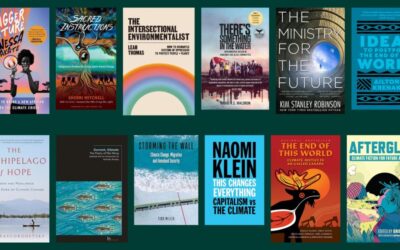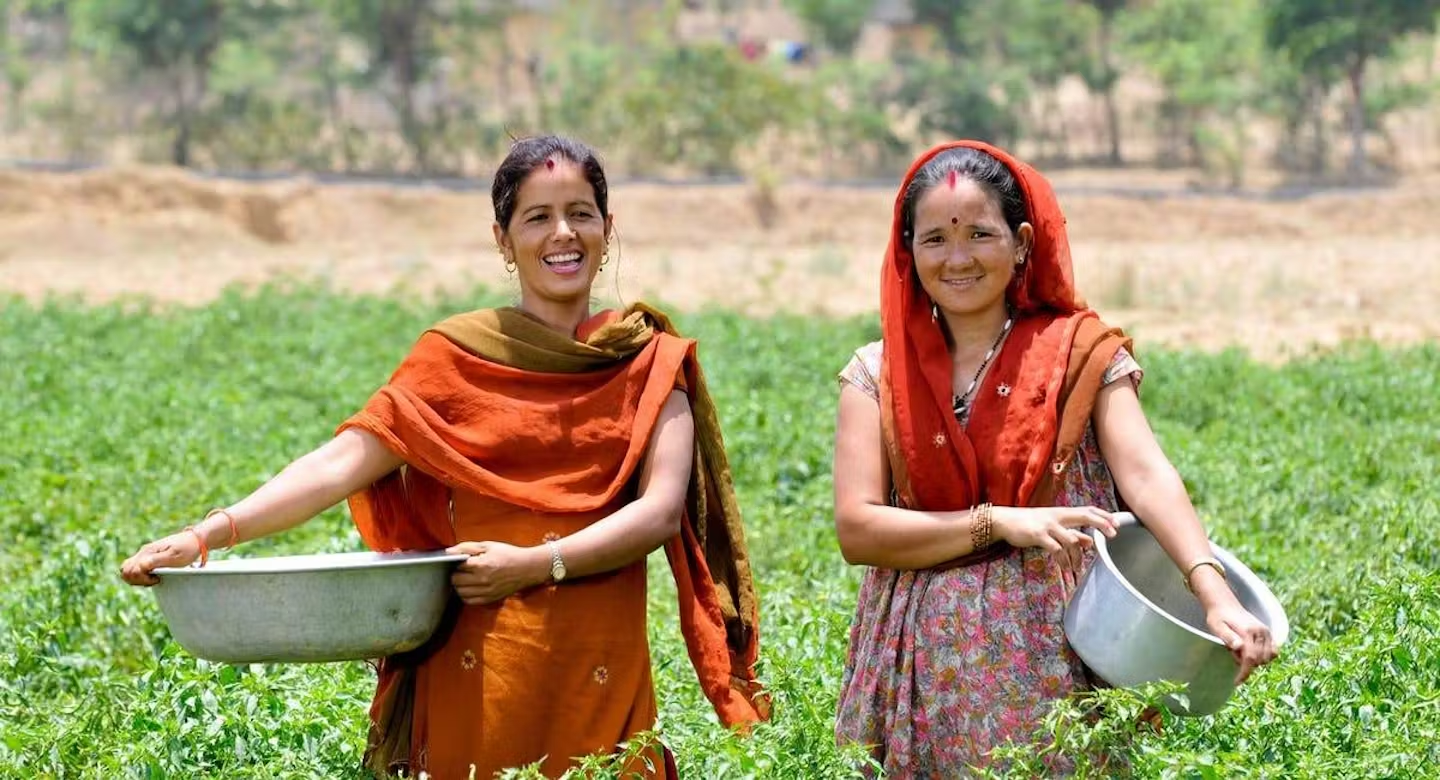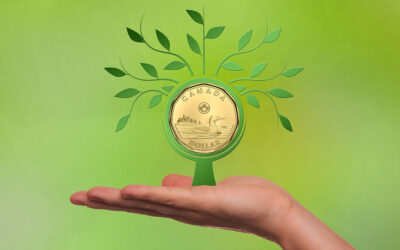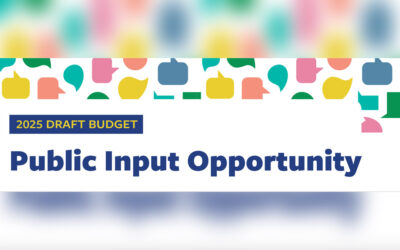Zero Waste & Circular Economy

Zero Waste Event Guide
By The City of Victoria
Packed with best practices for event planning, this guide equips organizers with tools they need to host sustainable gatherings. Receive straightforward advice on waste reduction strategies
Learn More

My Recyclopedia
By The CRD
The CRD is developing a new Solid Waste Management Plan—the plan that guides how the region will manage solid waste in the coming years, including recyclables, compostable material and garbage from homes, businesses and institutions, as well as construction and demolition sites.
Learn More
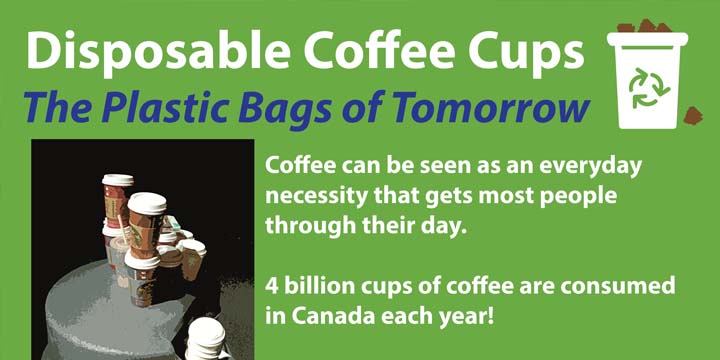
Disposable Cups: The Plastic Bags of Tomorrow
By The Creatively United for the Planet Society
Download this shareable infographic with statistics and facts about disposable cups.
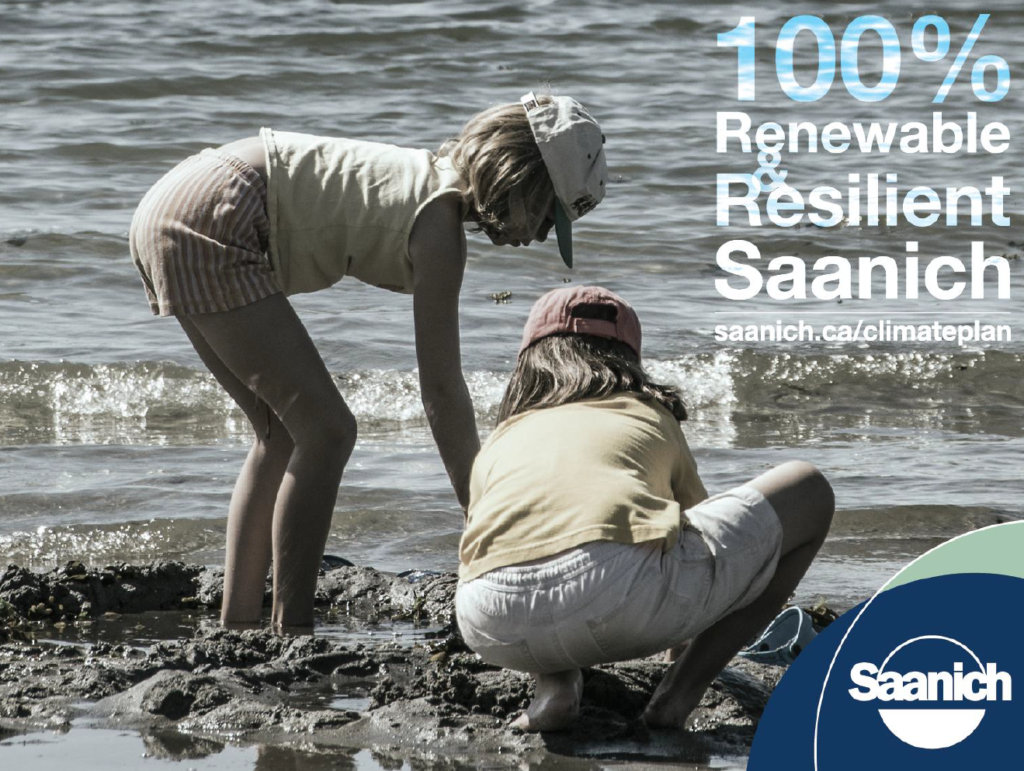
Renewable & Resilient Saanich
By Rebecca Newlove
See stats and figures regarding renewable resource and sustainability practices in Saanich.
Reading List
Courtesy of Guy Dauncey
How to Live Plastic Free – A Day in the Life of a Plastic Detox. Marine Conservation Society (2020)
Live Green: 52 Steps for a More Sustainable Life, by Jen Chillingsworth (2019)
Zero Waste Home: The Ultimate Guide to Simplifying Your Life by Reducing Your Waste, by Bea Johnson (2013)
Quick Tips
- Renovate using reclaimed materials
- Stop using disposables like coffee cups, straws, etc.
- Compost food waste
- Use a green bin for compostables
- Recycle glass at the curb or at a depot
- Recycle plastic bags, styrofoam, glass, etc.
- Clean your cans and bottles before recycling or they may wind up in the landfill, paper must be clean too
- Recycle all hazardous materials
- Find out where you can take your old cans of paint or donate them
- Use reusable shopping bags
- Avoid excess packaging as much as possible
- Buy 2nd hand clothing, furniture, décor, etc.
- Donate clothes and furniture in good condition to charity when you no longer need/want them
- Learn how to knit, sew and repair clothing
- Upcycle and creatively re-use clothing and other items
- Arrange a clothing swap event
- Buy 100% post-consumer waste paper
- Keep electronic devices for as long as possible before replacing
- Don’t buy products that are plastic or styrofoam or are in plastic or styrofoam containers as much as possible
- Buy from bulk bins
- Replace cleaning supplies as they run out with earth-friendly products
- Carry your own utensils with you in an old glasses case, wrap your sandwich in parchment paper or an old kitchen cloth that has been slightly dampened
- Clean out your fridge and freezer and put food into environmentally and people friendly containers
- When fully used, replace toothbrushes with bamboo ones
- Return unused medicines to your pharmacist for disposal
- When going for a walk take a bag with you and pick up any garbage you find
- Check out plasticfreejuly.org to learn more
- Switch to a climate friendly bank
- Switch to climate friendly investments
- Staff: Talk to your employer about making their business as green as possible
- Owners: become a Certified Benefit Corporation www.bcorporation.net
- Aim for zero household waste to the landfill
Embrace a Zero Waste, Circular Economy
Nature wastes nothing. Living and working in sync with nature was part of the traditional way of life for the first people of this land for millennia.
Many people can share stories about their grandparent’s appliances lasting forever. The past few decades have made built-in obsolescence an expected part of our contemporary throw away culture. Now, with climate change top of mind, there is a growing interest in products having a second life. A repair and share movement is growing.
This transformative, regenerative, circular economy takes advantage of the inherent design flaw of manufactured waste by creating new entrepreneurial opportunities for those interested in keeping materials and products recirculating. High profit concepts that benefit people and planet are evolving in this new economy where longevity and modular design is rewarded. Components that can be fixed or swapped out are being kept in use, reducing pressure on landfills and avoiding unnecessary pollution from manufacturing.
Innovative programs to avoid waste are springing into existence everywhere.
Tool Sharing
Tool sharing is one way to get to know your neighbours. Given the number of times lawns are cut, hedges pruned or leaves are raked or blown, it makes sense for homeowners to share tools among neighbours to reduce consumption and costs.
Food Sharing
Ensuring food is not wasted but shared is the mandate of two amazing BC organizations. Check out: FoodMesh.ca and LifecyclesProject.ca
Little Free Libraries
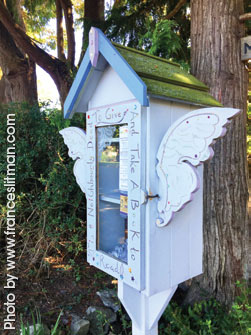 What if you could go for a walk in your neighborhood and pick up a free book along the way? There is a movement that is making this possible. Little Free Libraries are on the rise. From inspiring readers to building connections and encouraging imagination, these libraries are a great way to bring books back into our homes.
What if you could go for a walk in your neighborhood and pick up a free book along the way? There is a movement that is making this possible. Little Free Libraries are on the rise. From inspiring readers to building connections and encouraging imagination, these libraries are a great way to bring books back into our homes.
Victoria, B.C. currently has the highest density of mapped Little Free Libraries with 250 unique libraries dotting the city. These libraries are filled with books, CD’s, DVD’s and more. Each is like unwrapping a package of treasures.
Show your love for free libraries by building or finding one near you. Take a book. Leave a book. Little Free Libraries are that simple.
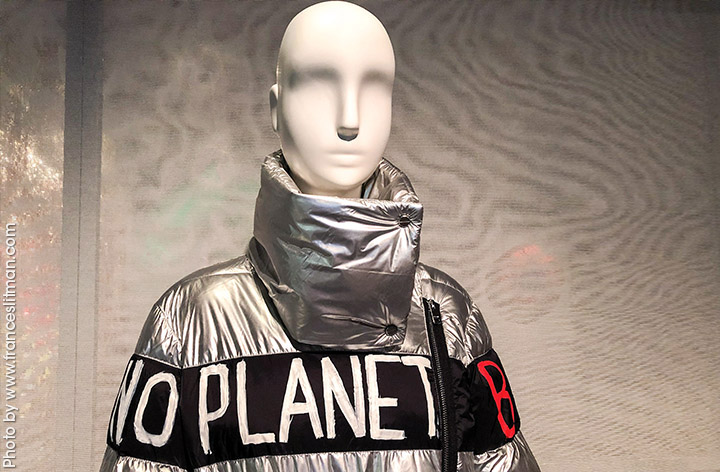
Pick Fashion That Doesn’t Cost the Earth
- The apparel industry is one of the highest contributors of pollution on our planet.
- The fashion industry produces 10% of all humanity’s carbon emissions, is the second-largest consumer of the world’s water supply and pollutes the oceans with microplastics.
- The equivalent of one garbage truck full of clothes is burned or dumped in a landfill every second.
- It takes about 2,000 gallons of water to produce a pair of jeans. That’s more than enough for one person to drink eight cups per day for 10 years.
- Washing clothes releases 500,000 tons of microfibers into the ocean each year — the equivalent of 50 billion plastic bottles.
- A 2017 report from the International Union for Conservation of Nature (IUCN) estimated that 35% of all microplastics (very small pieces of plastic that never biodegrade) in the ocean came from the laundering of synthetic textiles, like polyester.
- The fashion industry is responsible for 20% of all industrial water pollution worldwide.
Source: Business Insider, McKinsey & Company, Ellen MacArthur Foundation
SOLUTIONS
- Get creative with what you have and find new ways to mix & match.
- Host a clothing swap or exchange with friends and co-workers.
- Shop at second hand stores. In addition to keeping clothing recirculating, these stores often provide valuable community services using the money you spend there.
- Support designers, retailers and manufacturers that are mindful of the entire process of creating their clothes — especially those that upcycle and recycle textiles and clothing, and manage their operations in the most ethical and environmentally sustainable ways possible.
- Wash your clothing inside out in cold water and hang to air dry.
- Learn to repair and mend clothing for increased longevity.
Repurposed and Upcycled Home and Building Supplies
Habitat for Humanity Victoria ReStores are a wonderful example of a circular economy in action. These home and building supply stores accept and resell quality new and used building materials, as well as furniture, appliances and home accessories. Shopping at ReStore is a socially conscious decision, as the money generated is used for Habitat Victoria’s affordable homebuilding projects and operations. It’s also an environmentally conscious decision, as much of what is sold is product that is new, gently used or customer returns that might otherwise end up in a landfill. All inventory is 100% donated.
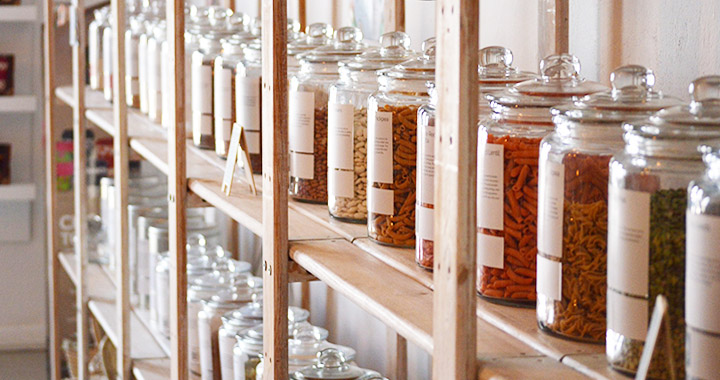
Bring Your Own Packaging
There’s many ways to become creative about packaging to avoid filling landfills.
Pause before you leave home and prepare. Depending on where you are going, think about what you might take with you so that you don’t end up creating unnecessary waste. All we need to do is think one step ahead to be the solution.
- Many restaurants and food trucks will let you take food away in your own containers (reusable glass or steel are good choices). If you are visiting family for dinner, bring your own containers for leftovers.
- There is alternative packaging on the market which uses beeswax on cloth. It works similar to plastic wrap, but is reusable and completely compostable.
- Refuse plastic straws! Travel with and use a metal, paper, or bamboo straw if you need one.
- Always have reusable bags with you. Pop anything and everything into these, knowing that every plastic bag you avoid is one that won’t be filling up your home or the landfill.
- When it comes to toiletries and bathroom supplies, try to source refillable options – like shampoo, conditioner, and lotions. Plastic and package free products are preferable. Get creative and have fun by making your own products at home.
Shop locally at zero waste, bulk and refill stores.
Repair Cafés
How many times have you wished you could get something repaired instead of tossing it away? Perhaps it’s a tear in a garment, or a hole in a sock, a cord to a favourite appliance, or something mechanical. More than 1,653 non-profit Repair Café groups are active worldwide, helping to divert hundreds of thousands of kilograms of waste from landfills.
On average, Repair Cafés are generally held once a month in a community meeting place setting and even include mentorship on how to: sew, knit, darn, glue, solder, and make electrical repairs.
To find out when the next Repair Café near you is, visit Repair Café on Facebook or the CreativelyUnited.org event calendar and learn more about starting your own group at www.repaircafe.org/en
Challenge Yourself to Achieve Zero Waste
If you want to undertake one of the biggest challenges imaginable, try going without creating any waste for an entire year! That’s exactly what one Vancouver area couple did. Their fascinating story was made into an engaging, multi-award winning comedic documentary known as The Clean Bin Project. Another highly recommended documentary is The Story of Stuff.
Shop Local, Ship Less
Improving our quality of life means that we build awareness around our consumption and the power we wield with our dollar. Take a moment right now to think about where the things you buy come from? How far have they travelled to get to you? What kind of carbon footprint does that create? Might you be able to ship less by buying products that are made locally?
Shopping for local goods, produce and artisan products is not only kinder to the environment; it is also more generous to our local economy and community.
Do you know a farmer? Might you have a friend that is an artist? Is there a way to source what you desire directly from them?
A few ways to shop local and ship less, include shopping at farmers markets and locally owned stores, buying gifts at craft fairs and art shows, and choosing restaurants and cafes that serve locally sourced ingredients.
Seablind: The High Cost of Shipping Our Stuff
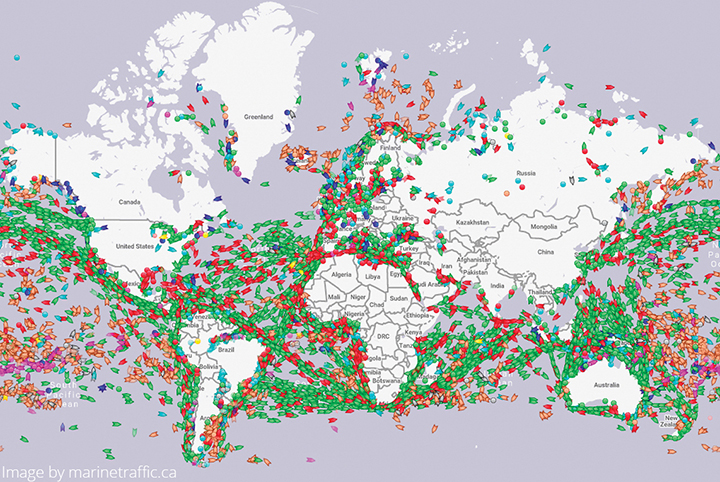
The shipping industry is one of the most polluting and, until now, unregulated industries in the world. Seventeen of the largest ships emit more toxic sulphur than all the cars in the world. As well, ships burn dirty fuel that emits black carbon which, in turn, accelerates ice melt. We need to consider what shipping does to our health, the Arctic, and the world.
Seablind, a powerful documentary by British Columbia filmmakers, explores these questions and the hidden costs of shipping — a massive facet of globalization that virtually all of us rely on yet few know anything about. CreativelyUnited.org proudly hosted the Canadian premiere of Seablind. See CreativelyUnited.org’s Artists as Changemakers video series to watch an interview with Victoria, B.C., filmmaker, Sarah Robertson.
Change Our Habits
By restructuring our environment in ways that sustain good behaviours and making bad behaviours inconvenient, we can break free of the constraints that limit our freedom and impede optimum health.
Observing what drives our habits is the first place to start. Could it be that our daily coffee or snack stop is driven by a need for distraction or interaction?
Be aware that every day, marketing firms are creating cravings in the hope that we respond by opening our wallets. This is why we tend to overconsume in order to solve some “problem” in our lives.
Conscious effort and awareness will help us formulate strategies for reform. For example, controlling the cues that make us reach for the phone every time it pings is one way to control this habit. Try turning your phone off, for starters, and changing up your routine. You might be surprised how much lighter and happier you feel as a result.
Understand Fair Trade Vs Free Trade
There’s a big difference between fair trade and free trade. It’s important to recognize that fair trade empowers, creates partnerships, improves the quality of life and creates a livable wage for individuals and businesses. Also, fair trade companies generally are conscious of their environmental impact and are most often organic and pesticide free. Although free trade can make some things cheaper to purchase, it often comes at a price to those who are the most vulnerable, such as small businesses, workers and artisans.
Look for fair trade symbols on your consumables and use your purchasing power to support local businesses and producers who use and supply fair trade products, knowing that your choices can, and do, make a difference.
Ditch Using Disposable Coffee Cups
Coffee can be seen as an everyday necessity that gets most people through their day. Are we really aware of the enormous impact of buying our coffee in a disposable cup each day, or even once in a while? The solutions are easy! Bring your own travel cup and make a habit of always using it. Many coffee shops will give you a small discount on your order if given a re-usable container (anywhere from 5 to 30 percent). Ask the barista for a “to stay” mug. Your coffee will stay hot, fresh, and flavourful!
- Vancouverites throw out 2.6 million paper coffee cups every week.
- Almost two billion take-out coffee cups needlessly end up in landfills each year because most Canadians have not switched to using travel cups.
- Most fast food/coffee cups are not recyclable or facilities don’t exist to recycle cups or lids.
- EACH disposable coffee cup is responsible for 0.24 lbs of carbon (C02) greenhouse gas emissions.
Sources: City of Vancouver, CBC, The Vancouver Sun, environmentaldefence.ca
World Class Presentations
Learn from industry experts about zero waste and circular economies in these informative videos
Have Something To Share? Let Us Know!
Community Blog Posts
BCCIC’s 2025 Booklist: Pathways to Planetary & Collective Healing
A microscope reveals what was always there. As more people become personally affected by crises, they are looking at issues once seen as distant and...
There Is Only One Earth — Deal With It
I have spent much of my life working as an educator, whether as a professor teaching graduate students or as an in international consultant working with communities, organizations and governments around the world. Over the years…
Why Women Are Key To Solving The Climate Crisis
There’s no denying women are leading the fight to save our planet. In every society worldwide, women and girls are responding more effectively in...
How to Reduce Holiday Waste: 50+ Eco-friendly Tips
As someone who has been involved in the world of social media storytelling for environmental causes for over a decade, there is one piece of content...
Why Eat Regeneratively, Locally, and In Season
I do not want to overwhelm you, with more information yet I feel that this information is some of what we need to know, so we will have the...
We Are More Than Just An Economy, Stupid
We awake this morning to a Trump world. This, despite his lies, his racism, his hatred, his divisiveness and complete disregard for democratic ways...
CRD Biosolids Update
On October 30, 2024, the CRD approved a provisional budget for 2025, which included the establishment of an Innovative Project Work Unit. This...
Have Your Say on the City of Victoria’s 2025 Draft Budget
Each year, the City of Victoria’s financial planning process provides an opportunity for Council to set service levels and approve an annual budget....
Esquimalt-Colwood All Candidates Meeting
Thank you to everyone who attended the online and live All Candidates Debate for the Esquimalt-Colwood...
National Seniors Day Rally for Climate Action
Despite the drizzle and dampness of the day, a great afternoon was had by all who attended the national Day of Climate Action organized by citizens...
